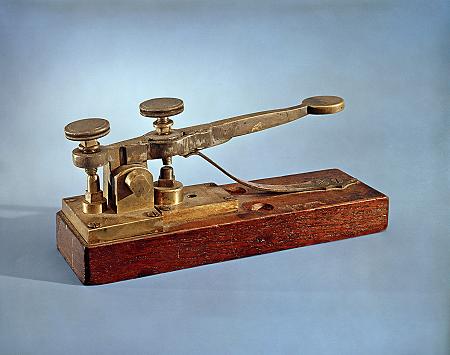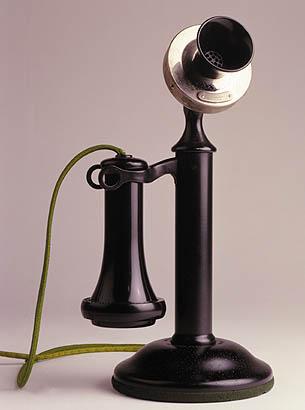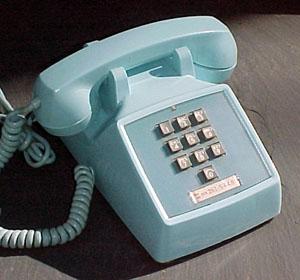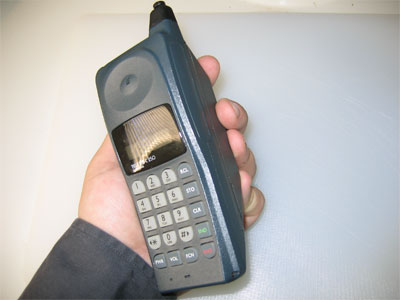Lowering the costs of switching between Windows and Mac

For years I've resisted switching from the world of Microsoft-powered computers to that of Apple, the Mac, and Leopard OS. Not out of any belief in Microsoft's technological superiority, mind you — I am firmly convinced of Microsoft's inferiority — but rather out of fear that the switching costs would be prohibitive. And being locked into a PC-based machine at work would compound the misery, so I thought, because my fingers would never manage to master two different sets of routines.
I took the plunge anyway — thank you, Nancy Rapoport, for giving me the courage to do this — and have discovered, mirabile dictu, that it is actually quite easy to manage both worlds. Surely it advances IdeaLaw principles to enable consumers to choose between operating systems on the basis of technological superiority rather than lock-in effects.
With those considerations in mind, I beamed with joy when I discovered this list of tips for those who, like me, have switched to Mac from Windows (all text quoted from Walt Mossberg's column, unless otherwise bracketed):
- In general: While the Windows and Mac user interfaces are broadly similar, they do have subtle variations in day-to-day use that require some re-education for switchers. And because there are so many fewer Mac users than Windows users, help from friends and co-workers can be harder to obtain than it is for people switching the other way, to Windows from Mac. . . .
- Menu bars: In Windows, each program typically has its own menu bar. On the Mac, there’s a single menu bar at the top of the screen that changes, depending on which program you are actively using.
- Task bar: The equivalent of the Windows XP Task Bar on the Mac is the Dock. Unlike the Task Bar, which primarily holds icons representing open windows, the Mac Dock primarily holds icons of programs you use most often. To place a program onto the Dock, you just drag its icon there. To remove it, you just drag its icon off the Dock and it disappears in a puff of animated smoke.
- Start menu: There is no Start Menu on a Mac. Its functions are divided between the Dock and the Apple menu at the upper left of the Mac screen.
- Control panel: The Mac equivalent of the Windows Control Panel is called System Preferences, and it can be launched from either the Dock or the Apple menu.
- Keyboard shortcuts: Common Windows keyboard commands, such as Ctrl-S for Save, Ctrl-P for Print, and many others, are also available on the Mac. However, instead of using the Control key, they use the Mac’s Command key, which bears either a cloverlike symbol or an Apple logo. So, on the Mac, for instance, Command-S is for Save.
- Quitting programs: In Windows, you can quit a program by clicking on the red “X” in a square at the upper right corner of the window you’re using. But on the Mac, if you click on the equivalent button — a red “X” in a circle in the upper left corner — you are merely closing the window, not quitting the program. To quit the program, you must either select Quit from the leftmost menu or press the Command and “Q” keys together.
- Maximizing windows: When you click on the blue maximize button in Windows XP, the window you are viewing occupies the whole screen. In Leopard, the equivalent button — a green circle at the upper left — increases a small window’s size to a footprint deemed optimal for its contents, which isn’t always the whole screen.
- Switching programs: One common way to switch among running programs in Windows XP is to press Alt and Tab together. This displays icons of each running program and allows you to switch among them. On a Mac, the same trick can be performed by pressing the Command and Tab keys together. The Mac also has a terrific feature called Expose, which shows every open window at once, in miniature form, so you can navigate among them. [On my iMac, I trigger Expose either by mashing the F3 key or by pressing the side buttons on my mouse.]
- Right-clicking: Contrary to common belief, the Mac has a right-click menu function, just like Windows. Most desktop Macs now come with a mouse that allows right-clicking, and you can use almost any two-button USB mouse with any modern Mac. [You do need to readjust mouse settings in System Preferences.] If you are using a Mac laptop, which has only one button under the track pad, you can simulate a right-click by either holding down the Control key when you click, or by placing two fingers on the track pad while clicking. . . .












0 Comments:
Post a Comment
<< Home